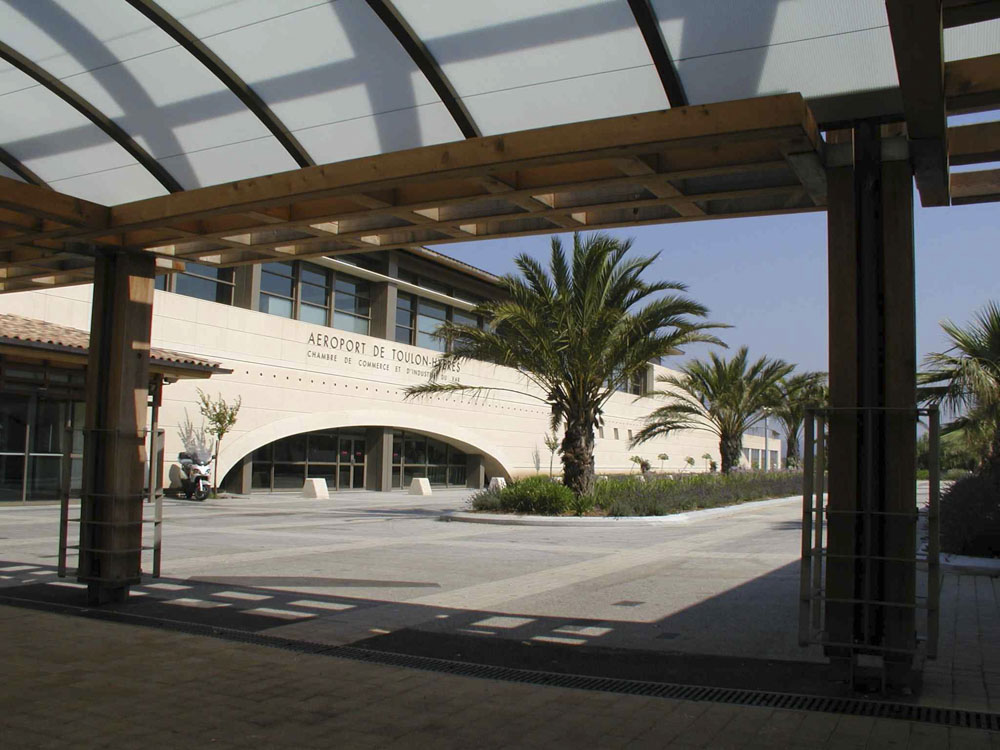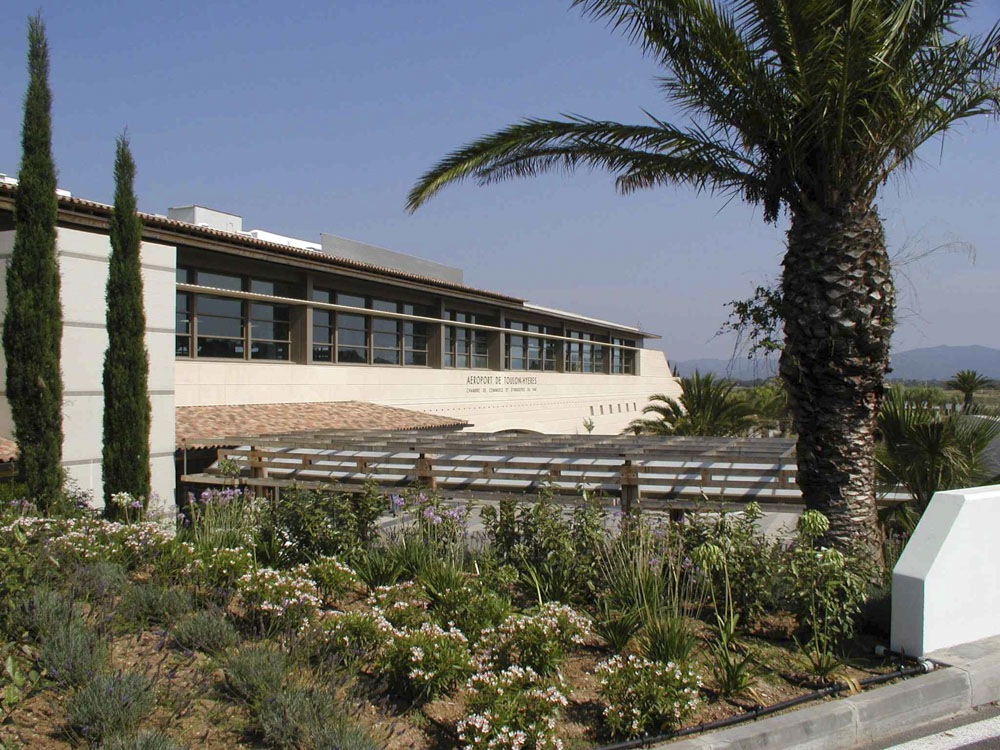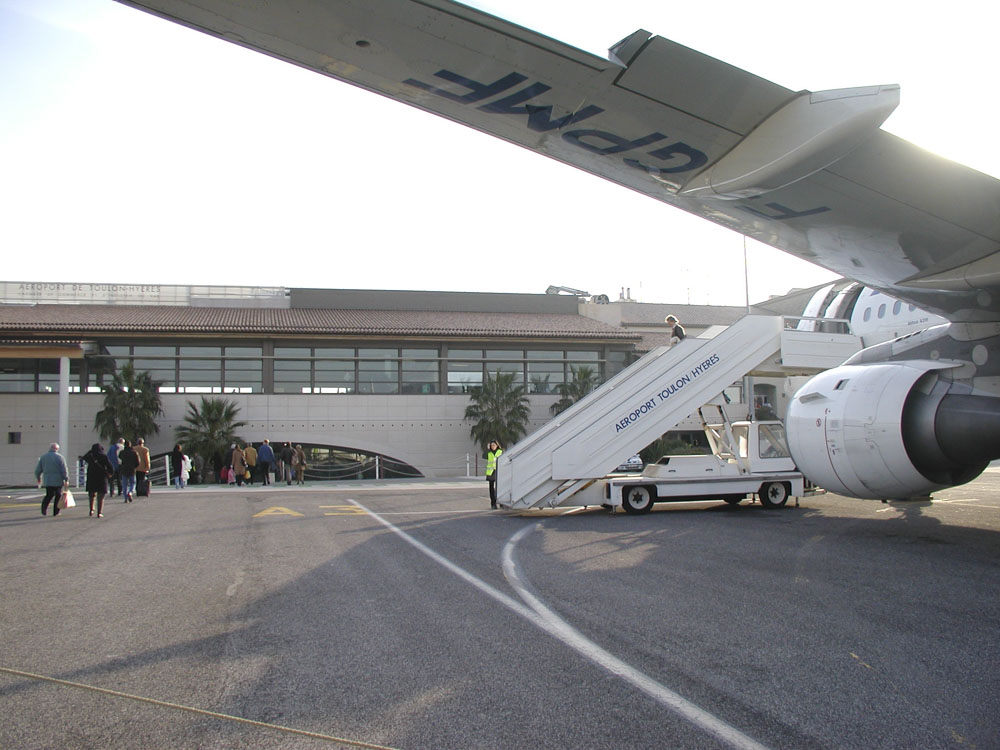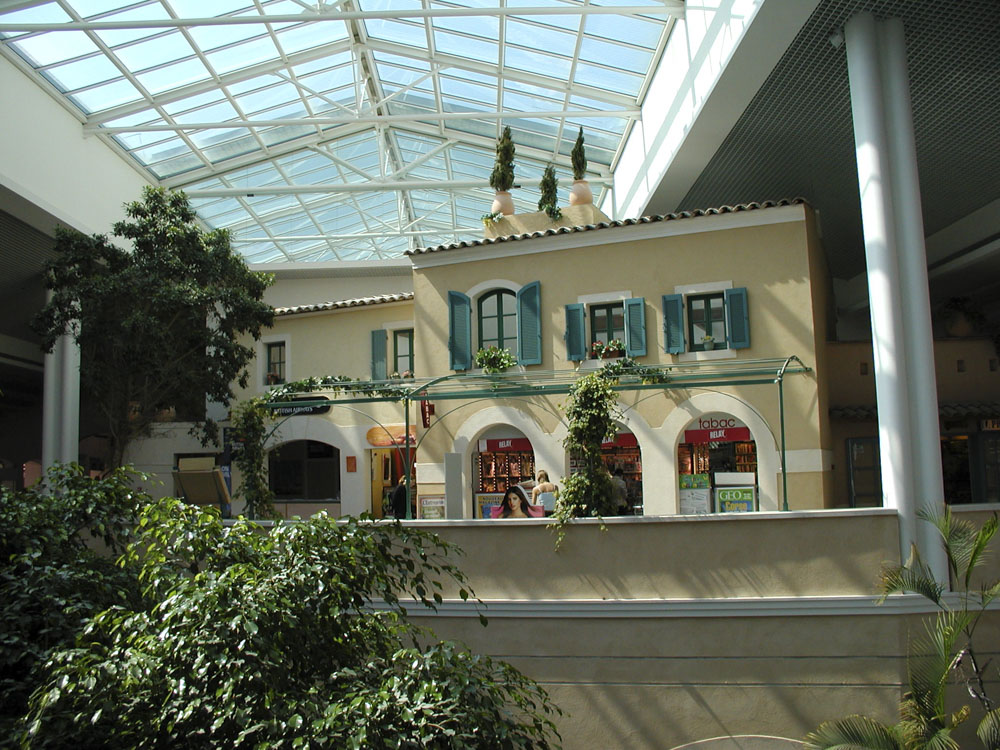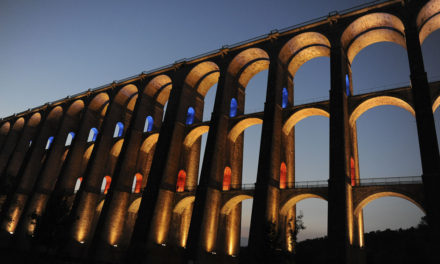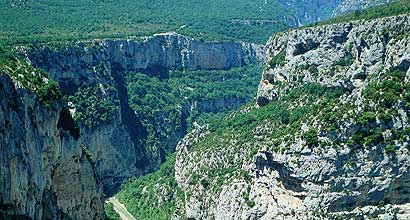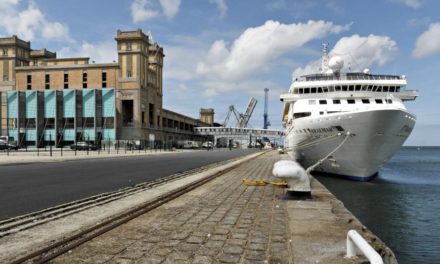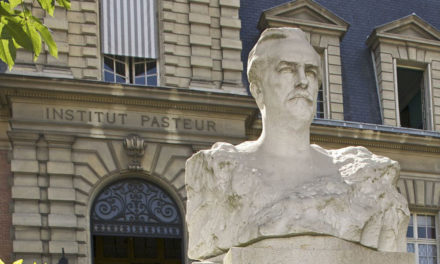Images – Copyright CCI Toulon
Hyères, the southernmost point of Provence, was one of the first health resorts on the Côte d’Azur, visited during the 19th century by Queen Victoria, Robert Louis Stevenson and D.H.Lawrence amongst others. It is known today as the palm capital of the world. Ever since seeds were first brought here in 1867, it has specialised in the production of exotic plants and this remains an important industry along with the fruit and vegetable fields in the surrounding plain. The profusion of palm trees adorning the wide boulevards and many exotic hotels and villas, give a Moorish aspect to the town.
Book a Hotel in Hyeres
Marinas and Beaches
There are several marinas and over 30 kms of fine sandy beaches. Stretching out to sea is the Giens peninsula, two parallel sand bars enclosing a salt marsh, which is a haven for wild birds. On one side is the beach of L’Almanarre, one of the top windsurfing locations on the Riviera, on the other the pine fringed beach of Hyères Plage, from where ferries depart for the Iles d’Hyères.
The Old Town
The old town on the slopes of the Castéou hill, five km from the sea, has winding medieval streets, a medieval gatehouse, Porte Massillon and the 12th century Tour St Blaise, with a roof top terrace and panoramic views. Look out for Renaissance doorways, the 13th century Provencal Gothic church of St Louis in Place de la Republique and the 1th century church of St Paul which has many 17th century ex-votos. Above the town is the ruined 12th-century château of St-Bernard from which there are wonderful sea views and a surrounding park full of Mediterranean plants. Here, too, is the Villa de Noailles, designed as a cubist chateau in the 1920s by Robert Mallet-Stevens for art patron, Charles de Noaille, and used as a film set by Man Ray and Bunuel. Also worth seeking out here is the Parc Ste-Claire, where American writer Edith Wharton lived and cultivated a ravishing terraced garden.
Iles d'Hyeres
Off the coast are the Iles d’Hyères, three remarkably unspoilt islands. They are environmentally protected, and cars are restricted. The islands make wonderful retreats for gentle walks among the scented marquis, especially quiet and beautiful in winter, and offer bathing or diving in clear waters in summer. On Porquerolles, the largest, you can hire bikes and there are are several superb beaches. Port-Cros has been a National Park since 1963 and the entire island is strictly protected (no cars or bikes) including the sea where there is a magnificant variety of marine life including seaweeds, sea urchins, sponges and grasses, and fish including damsel fish, octopus, moray eels, cardinal fish and rascasse. Swimmers and divers can follow a planned route to see the underwater spectacle. For those who really enjoy wanting to get back to nature, Ile du Levant has the world’s oldest naturalist colony, Héliopolis.
Travel
Visit the Var by flying into Toulon-Hyeres Airport – It’s so convenient and only 52 Kms (32 Miles) from St Tropez – Map of Airport
From England – Ryanair
From France –Air France
From Sweden – FlyNordic
From Italy – Air One
From Holland – Transavia
Copyright © 2011 Rosemary Bailey
Copyright Images : Informationfrance 2011

